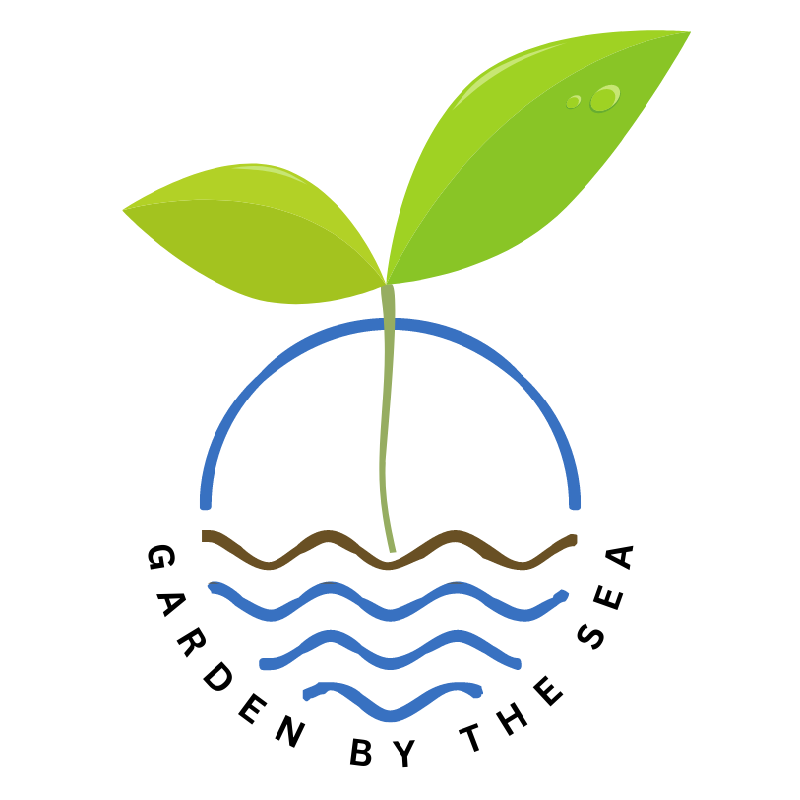Maritime Perennial Vegetables:
With few winter freezes Ocean Shores has a temperate climate. Our springs are cool, wet, and slow to warm up. As we saw with pollinator plants, perennials often do better than warmer season annuals here. We have difficulty growing warm season vegetables like corn and melons to maturity. However, our temperate winters give us a great chance at perennial vegetables.
Once established, perennial vegetables offer advantages over annuals. Because they do not need replanting each season, they are less overall work. They are generally more resistant to insects, diseases, and changes in weather. If the deer get them, most can survive and regrow. They help build soil structure by adding organic matter from the slow decomposition of leaves and roots. In some cases, they add nitrogen to the soil. Their permanent roots improve drainage and soil water-holding capacity.
So, let’s take a look at some maritime possibilities:
Asparagus is the first to come to mind. This is really a grass, the only grass that humans have the enzymes to digest. Asparagus takes some work and patience to get started. Dig a 5-in hole, 8 inches deep for each 1-year crown. Cover with 2 inches of soil, leaving the tip exposed. Fill the holes gradually as the shoots grow until reaching ground level. The first year, let the spears go to foliage. Feed a couple of times a year with fish emulsion or other organic fertilizer. In the spring add lime to keep the soil slightly alkaline (pH 7.0.) Harvest for 2 weeks the third year; 3-4 weeks the fourth year and 8 weeks thereafter. With care your plants should last a good 15 years, giving you a sweeter side dish than you can get with store-bought asparagus.
Artichokes grow well here but can reach 5 feet tall and do take up space. For best results, purchase nursery-grown plants. Once the soil has warmed up to 50-60 degrees, plant about 3 feet apart at the same depth as the container they came in. They do not need as much water as most vegetables. Keep the roots from drowning. You can harvest them the first year. Cut back to 6-in and mulch well over the winter.
Rhubarb is big and beautiful enough for ornamental gardens. One plant is usually enough for most households. Plant in late fall or early spring. Place root crowns with tops 3-4 in below ground surface and cover with soil. Avoid harvesting the first two years. Afterwards, pull rather than cut the larger outside stalks, when at least 10 inches long. Keep well-watered and feed once or twice a year.
Scarlet Runner Beans (Phaseolus coccineus) are usually planted for the ornamental value of their red flowers but the beans are edible and nutritious. Originally plant like any bean when soil has warmed to at least 60 degrees. Each year they will need a trellis. Water well and feed once yearly. Harvest when pods are still young and tender. Plants can live up to 20 years.
Kale, garlic, and radicchio are usually grown as annuals, but since they are perennials, try not pulling them up at the end of the season and see what you get. Since they are all cool season plants, they should do well in our climate.
 For information about the GBTS or to register for a plot, contact: Karen Young at Karen@GardenByTheSeaOceanShores.org
For information about the GBTS or to register for a plot, contact: Karen Young at Karen@GardenByTheSeaOceanShores.org
This article was originally printed in The Ocean Observer, May 2018.



